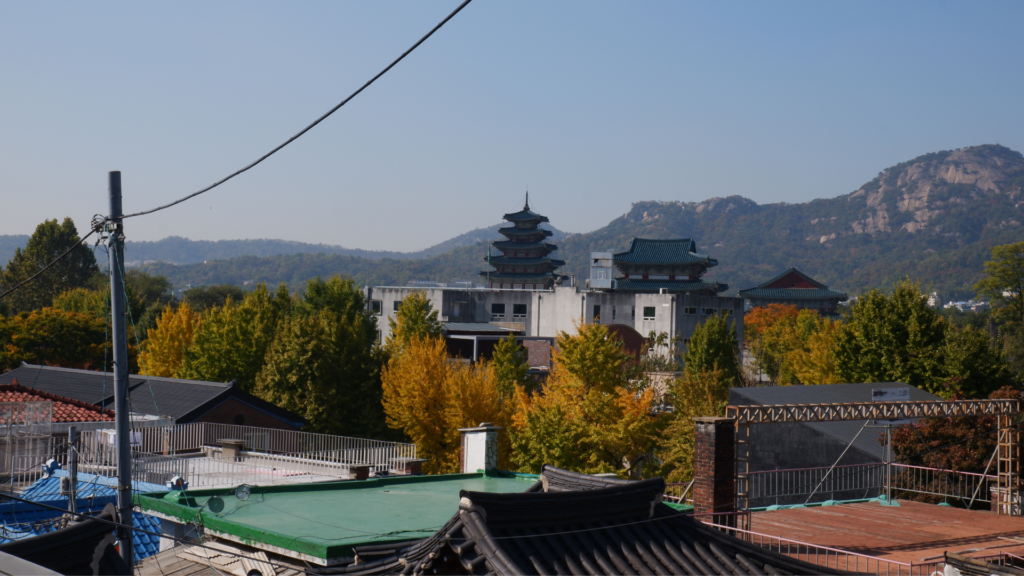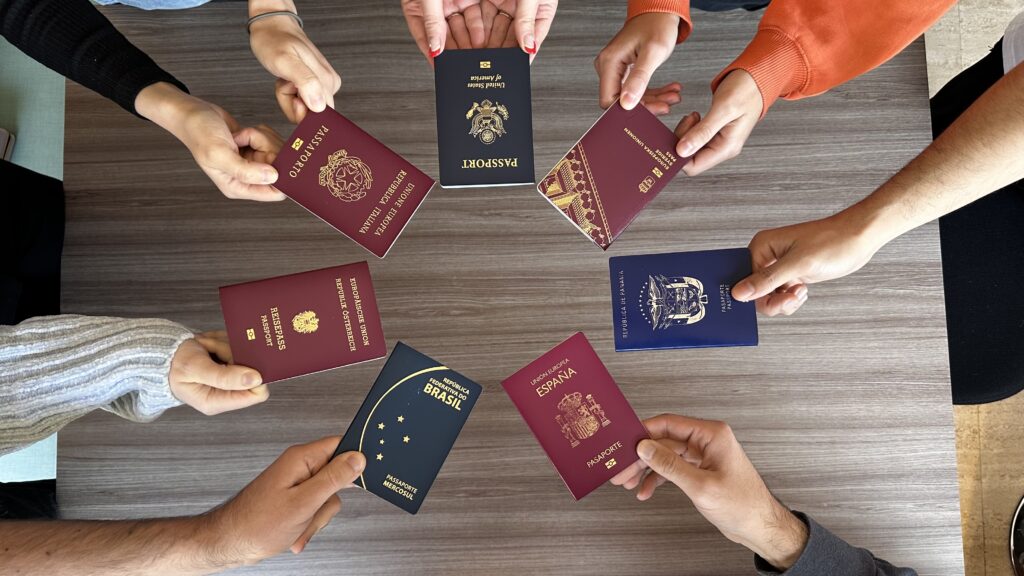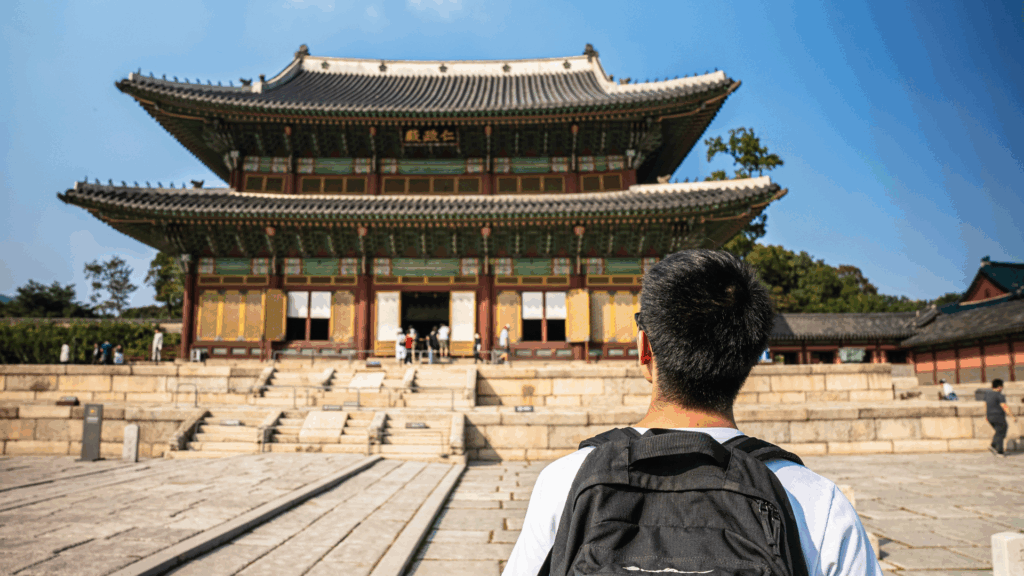As a language student in Korea, you are required to have a Korean health insurance coverage while you study. While you have the option to provide your own health insurance coverage, your school will also have group health insurance policies that provide certain coverage while you study. For some schools, this group health insurance policy is included in your tuition fee, while other schools provide it as an additional option.
Below we will discuss some details about how to use the group health insurance policies in Korea and what benefits are included.
What expenses are covered in the Korean health insurance?
While this can vary policy to policy, in general, it’s easier to discuss what is NOT covered. The following expenses are generally NOT covered by the Korean health insurance policies provided by your school:
- Pre-existing conditions
- Dental care
- Korean/Oriental medicine (한의원)
- Vitamins and supplements not prescribed by a doctor
- Cosmetic surgery and treatments
- Expenses related to pregnancy, childbirth, and postpartum hospitalization
- Certain mental health related treatments
- Sexually transmitted diseases
- Motor vehicle accidents
Typically, expenses that are covered are ones if you must visit a doctor or hospital for sickness or injury. For example, if you may have broken a bone, or if you feel ill and need to receive medicine or a diagnosis. Please note that there are usually coverage limits for expenses. That is, the maximum amount the insurance company will pay.

Receiving care at providers
The group Korean health insurance policies from schools will require you to pay out of pocket for the expense first and then file for reimbursement. You can simply visit any healthcare provider, receive treatment, and then pay the expense. Please note that the price you pay will be the full retail price before insurance. Be sure to ask the provider for a receipt to file for insurance showing the disease codes and specifics of your treatment. You must have this receipt as the insurance company will not accept just your credit/debit card receipt.
For insurance paperwork, you can say “진료비 영수증 주세요” = “Please give me the medical bill (literally treatment receipt).” Most clinics/hospitals will know it’s for insurance. But you could add “보험 위해 진료비 영수증 주세요” = “Please give me the medical bill for insurance purposes.” Normally clinics/hospitals do not give you the detailed medical bill and will just give you the payment receipt. You have to specifically ask for it.
Receiving prescription medication in Korea
If the doctor prescribes medication, you can visit any pharmacy with the prescription to receive the medicine. However, usually there is a pharmacy close by or even in the same building as the doctor’s office. The pharmacies close by normally have a relation with nearby clinics and hospitals in order to have common medication in stock. To file for the Korean health insurance coverage of the prescription medication, normally you receive a small envelope detailing the medicine expense, what medicines you received and what they are for, in addition to your receipt for paying with a card or cash.
Filing a claim and reimbursement (Private insurance)
While each insurance company will have their own process, in general, you will need to provide the receipts showing the specific treatment and disease codes as well as the pharmacy receipt showing the medicines you received. There may also be a specific claim form you need to fill out detailing your treatment and how you wish to receive the reimbursement. Note that only qualifying expenses will be reimbursed so it is important to check in advance with the insurance company if you have questions.

National Health Insurance Service (NHIS)
If you are in Korea for more than 6 months, after 6 months have passed, you will automatically be enrolled in the National Health Insurance Service (NHIS). This is the national health insurance policy in Korea.
If you are studying using the D-4-1 visa, you are required to pay these Korean health insurance premiums to maintain your student visa. You are billed monthly and it is a co-payment system. That is, you will need to pay a small discounted fee for doctor visits and prescription medication. Coverage is usually 80-90% of the retail price. Note that if you fail to pay the insurance fees, you may not be able to extend your visa until payment is made. If you have an outstanding balance with the NHIS, you may not be able to receive another Korean visa until the fees are paid.
You do not need any specific proof of NHIS coverage when you visit providers. Your coverage is linked to your Korean registration number. You will only need to provide the name registered with the NHIS and your birthday. If you also continue to have other private health insurance coverage like the group health insurance policy from your school, you may qualify for additional reimbursement that is not covered by NHIS. This will depend on the specifics of your policy. Please check with your insurance company directly.
Overall, the process to receive treatment and file a claim is fairly straightforward. It is important to remember to receive the proper receipts to file the claim later. If you happen to forget to receive the receipt, you can return to the provider and ask them to provide the documentation.
If you are looking for Korean health insurance coverage while you study in Korea, Go! Go! Hanguk offers a policy here for short term periods.
For more information on living in Korea follow the Go! Go! Hanguk blog and our TikTok account. Do not hesitate to contact us to get free consultation. on student visa procedures.








